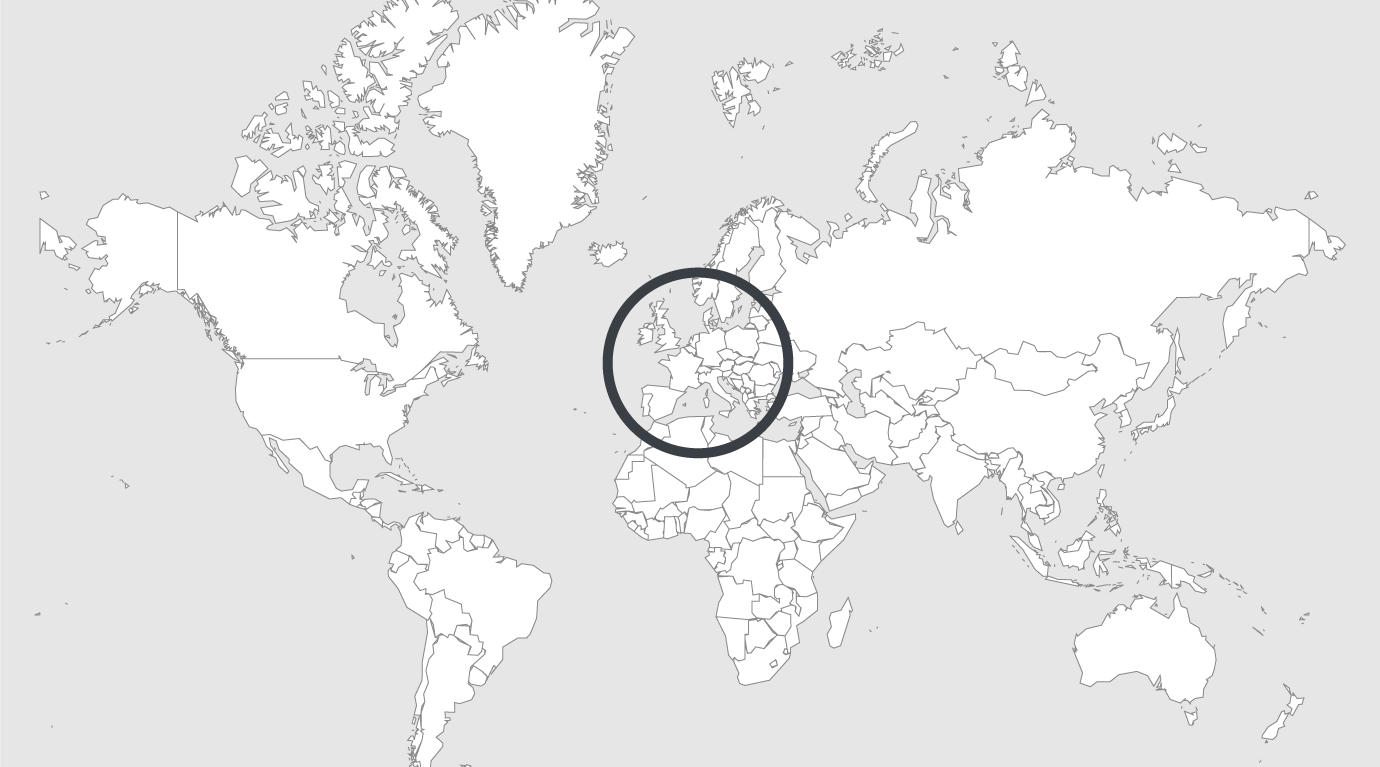
Explore
UK: from war and slavery to prison – life inside an immigration detention centre
David spent five years locked in a house in Britain. Then he spent two years in immigration detention centres.
Visitors at the immigration detention centre are met by Sid the Sloth, balancing an acorn just as he does in the family film Ice Age. The picture is one of the brightly coloured murals adorning the otherwise bare walls of the visitor’s entrance. The lurid paintwork sits in stark juxtaposition to the barbed wire outside, and the metal detector and eight sets of doors which visitors must pass through.
It is a thin veneer which fails to mask a system containing institutionalised abuse from top to bottom.
It isn’t surprising, then, that one of the conditions of my visit was not to identify the centre - the volunteers I joined fear having visiting rights withdrawn by the company in charge.
Once inside I met Sivan, a 32-year-old Kurdish asylum seeker who came to Britain clinging to the underside of a lorry. He had been tortured by the Turkish authorities. For Sivan the children’s cartoons in the visitor’s entrance held a particularly cruel irony. Detainees at the centre are not allowed smartphones, and with no access to email Sivan’s wife, also a Kurdish asylum seeker, is unable to send her husband pictures of their first child. The couple have not seen each other in the two months since Sivan was detained. That day, in the visitor’s lounge, Sivan saw his son for the first time. Holding photographs of the little boy in his hands, Sivan’s face momentarily lit up as it split with joy and then sorrow.
Sivan does not know when he will be able to see his young family - or if they will ever be able to be together.
Across Britain more than 3,000 people, many fleeing war and torture, are locked up indefinitely in immigration centres.
They arrive in Britain seeking refuge. But are shut away in privately-run prisons before being forcibly removed. Often with little or no English, detainees rely on volunteers to help them navigate Britain’s complex immigration system.
At the volunteer hub, which helps 80 of the 500 men in the centre each week, I met former detainees who all had one thing in common: the mental torture that indefinite detention inflicts. Like David, a quiet Ghanaian who has never really been free. He was kept as a slave on a plantation until traffickers brought him to Britain aged 13. Here he spent five years locked in a house, when not being forced to work 14-hour days in a warehouse. He finally escaped only to spend 11 years waiting for his asylum application to be processed - still ongoing despite clear medical evidence of his torture during imprisonment. He has spent two years in immigration detention centres. And as he waits he now has to register his presence with the authorities every Tuesday. He is terrified that when he does he won’t return to his four-year-old daughter, but instead be returned to captivity by the Home Office, without explanation.
Read full article
